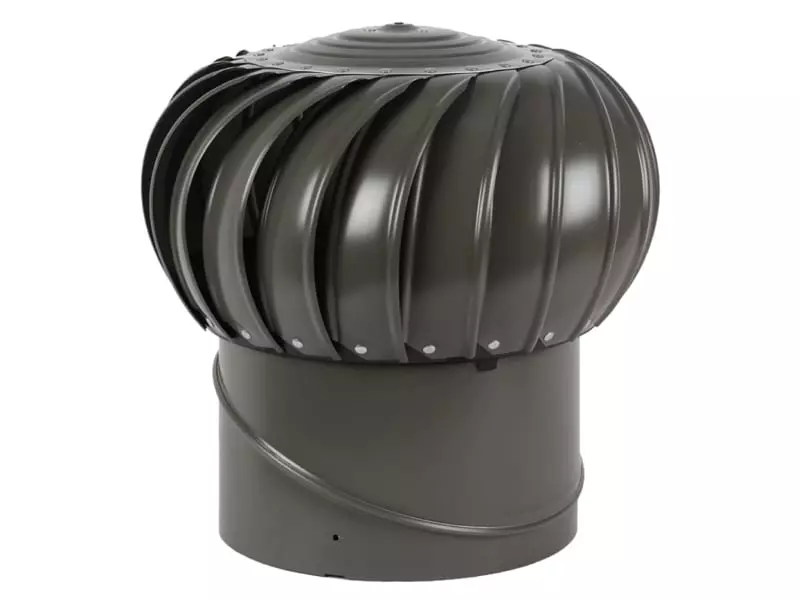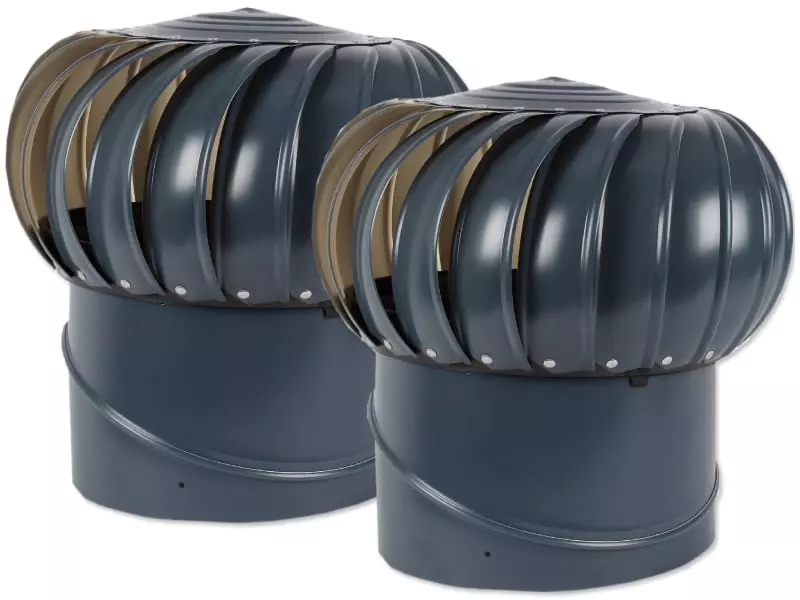Residential Roof Vents
We Install Residential Turbine Roof Vents
Choose from our
“Supply & Installation” packages below
(Greater Sydney Area Only)
Our prices are competitive and “We do not charge higher prices for different roof types“
How Many roof vents do I Need?
2-3 Bedroom House (2 vents)
3-4 Bedroom House (3 vents)
4-5 Bedroom House (4 vents)
How to Calculate the Number of Roof Vents Needed for Your House
Introduction: Proper ventilation is essential for maintaining a healthy and comfortable living environment in your home. One effective way to improve ventilation is by installing roof vents, such as whirlybird vents. Whirlybird vents, also known as turbine vents, use wind power to draw out stale air and moisture from your attic, promoting air circulation and preventing issues like excessive heat buildup and moisture damage. If you’re considering installing whirlybird roof vents, it’s crucial to determine the appropriate number of vents for your house. In this article, we will guide you through the process of calculating the number of whirlybird roof vents you need for your home.
Step 1: Determine the Square Footage of Your Attic: To begin, you’ll need to determine the square footage of your attic. Measure the length and width of the attic floor, and then multiply these two values together to calculate the total square footage. For example, if your attic measures 30 feet long and 20 feet wide, the total square footage would be 600 square feet.
Step 2: Identify the Ventilation Rate: The next step is to determine the recommended ventilation rate for your attic. The general guideline is to have a ventilation rate of 1 square foot of vent area per 150 square feet of attic floor space. This ratio ensures sufficient airflow and helps prevent issues such as moisture buildup and heat accumulation. Divide the total square footage of your attic by 150 to find the minimum required vent area.
Step 3: Calculate the Number of Whirlybird Roof Vents: Whirlybird roof vents have specific vent areas, typically measured in square inches. The vent area can vary depending on the size and model of the vent. Check the manufacturer’s specifications or product documentation to find the vent area for the whirlybird vents you plan to install.
Divide the minimum required vent area (calculated in step 2) by the vent area of a single whirlybird roof vent to determine the number of vents needed. Round up to the nearest whole number since it’s better to have slightly more ventilation than less.
For instance, if the minimum required vent area is 600 square inches and a single vent has a vent area of 100 square inches, divide 600 by 100, which equals 6. Therefore, you would need a minimum of 6 whirlybird roof vents for your attic.
Step 4: Consider Additional Factors: While the above calculations provide a baseline estimate, it’s important to consider certain factors that may influence the final number of whirlybird vents required:
- Climate: If you live in an area with hot summers or high humidity, you might want to increase the number of vents to enhance airflow and better regulate attic temperature and moisture levels.
- Roof Design: The shape and slope of your roof, as well as the presence of dormers or other architectural features, can affect airflow patterns. Consult a roofing professional to determine if any modifications are necessary for optimal ventilation.
- Other Ventilation Options: Whirlybird roof vents are just one type of attic ventilation. You might also have soffit vents, ridge vents, or gable vents installed, which can influence the number of whirlybird vents needed.
Conclusion: Calculating the number of whirlybird roof vents needed for your house is an important step to ensure proper attic ventilation. By following the steps outlined above, taking into account the square footage of your attic, recommended ventilation rates, and specific whirlybird vent specifications, you can determine the approximate number of vents required. Remember to consider additional factors such as climate, roof design, and other ventilation options to fine-tune your ventilation system. If in doubt, consult a professional roofer or an HVAC specialist who can provide expert advice tailored to your specific needs. Proper ventilation will help maintain a healthy and comfortable living environment while safeguarding your home from potential issues caused by inadequate airflow.




